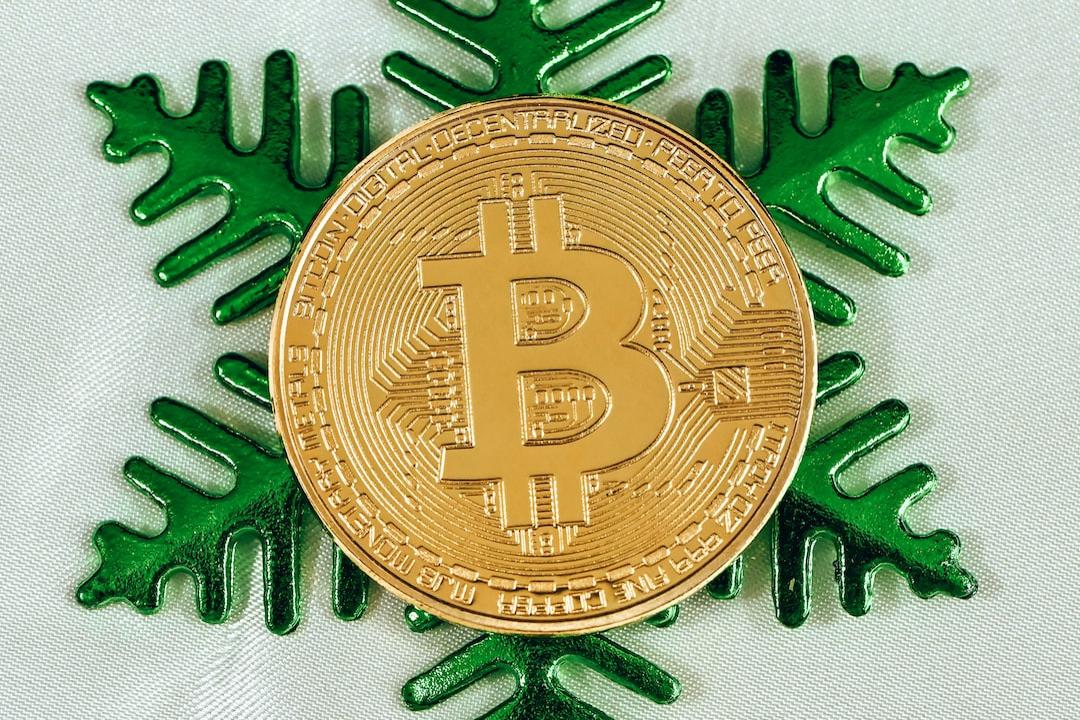The proportion of active Bitcoin addresses has sharply dropped to its lowest level since November 2010, as per onchain data from IntoTheBlock.
In June, the ratio of weekly active wallets hit a low of 1.22%, peaking at 1.32%. The highest ratio of the month was last observed in November 2010.
Furthermore, the total count of active wallets has hit multiyear lows, with 614,770 active wallets recorded in the week of May 27, the lowest count since December 2018.
A decrease in the active address ratio signals a reduced level of buying and selling activity among Bitcoin (BTC) holders, indicating a period of market consolidation.
Juan Pellicer, a senior researcher at IntoTheBlock, attributes the decline in Bitcoin’s wallet activity to lower retail engagement in comparison to previous cycles.
“This year’s surge to a new all-time high was primarily fueled by institutional investments rather than retail traders,” Pellicer informed Cointelegraph.
“The broader economic circumstances may have influenced retail investors to be less active in crypto investments than before.”
The dip in activity coincides with investors preparing for a phase of increased whale movements, including the Mt. Gox trustee’s plan to initiate distributing payments to creditors in July. Notably, some major holders, including those associated with governments, have been observed participating in selling activities.
“Due to this concentration, a significant portion of bearish trading is occurring offchain, which does not significantly impact onchain address activity metrics,” Pellicer added.
Despite the launch of Runes, a fungible token protocol introduced to the Bitcoin ecosystem alongside the latest halving event in April, the drop in activity suggests a cooling off period. Runes was anticipated to offer an alternative revenue stream for miners, which it did initially as miners garnered record-high trading fees on halving day.
Nevertheless, transaction fees have since reverted to pre-halving levels as miner reserves, representing the new Bitcoin held by miners, have hit 14-year lows.
Pellicer indicated to Cointelegraph that activity on Runes has subsided, but given the cyclical nature of such assets, the current state likely reflects a temporary slowdown rather than a permanent decline.
Meanwhile, the recent buzz in the crypto sphere has centered around memecoins and celebrity tokens, captivating speculators aiming for substantial profits. Despite Bitcoin’s reputation for volatility, its current status appears relatively stable when compared to lower-cap memecoins.

